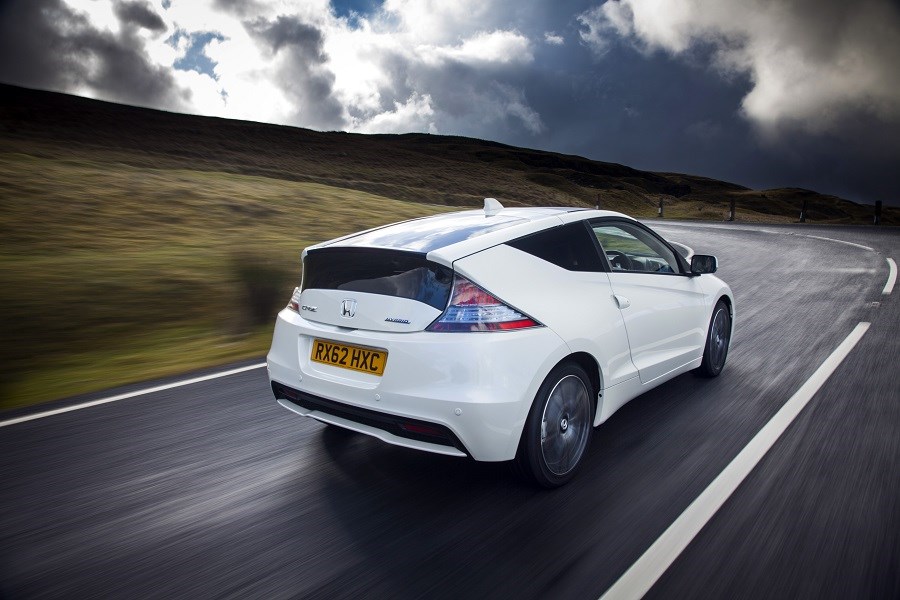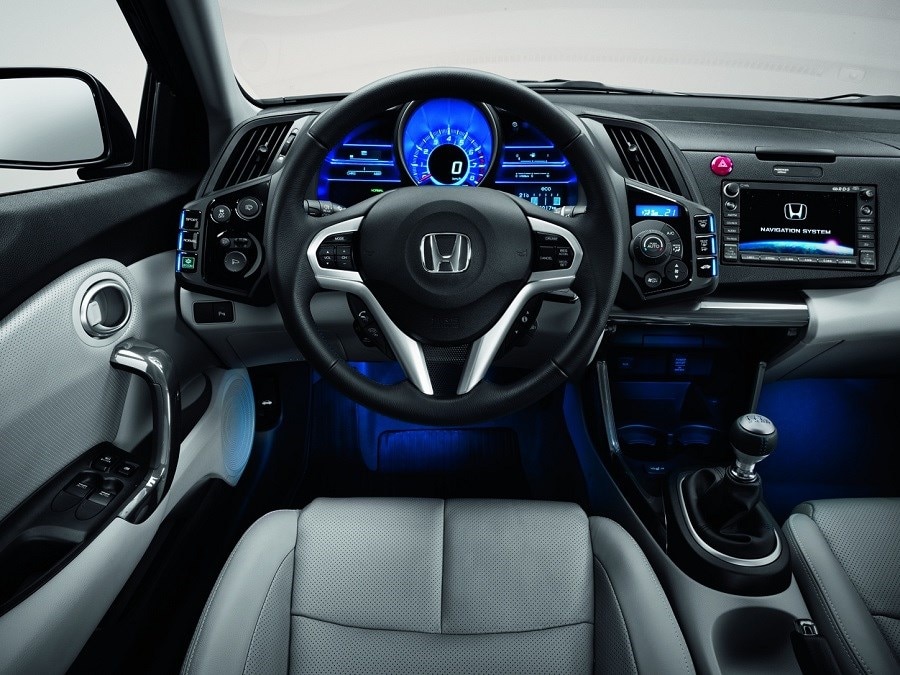Latest model
The CR-Z enjoyed a rather short production run, although several changes were made to the line-up in that time.
Honda experimented with tuning firm Mugen to bring a CR-Z Mugen to market a higher-performance offering, though the supercharged model was never officially sold in the UK. A special Mugen ‘RZ’ was later sold in Japan and limited to just 300 units.
An updated CR-Z reached showrooms in 2013, with a slight increase in performance from a new IMA hybrid system and revised engine, amounting to an extra 13bhp, which helped to cut nearly a second off the 0-60mph time, but without comprising on efficiency. New colours, a revised front bumper and a revised front grille also featured on the model.
The CR-Z was discontinued globally in 2016, although the model was taken off sale in the UK in 2015.
Value for money
At launch, the CR-Z proved to be quite an affordable option, with models starting from £16,999 and ranging to £19,999 for the top-spec GT. Standard equipment was also commendable, with all variants getting climate control, keyless start and an auto-dimming rear-view mirror as standard, with top-spec GT versions benefitting from luxuries such as leather seats, Xenon headlights and a panoramic glass roof.
Despite the CR-Z being an appealing prospect, it’s never been a particularly popular car. That means there isn’t that much choice on the used market, but there are some very well-priced models available. The cheapest we could find was priced at £4,250 for a 2011 car in good condition, with full-service history and 125,000 miles, which is a few too many to be ideal. Around £5,500 will pay for a something with far less miles on the clock, with more desirable, low-mileage GT cars costing from around £6,500.
Looks and image
Even nearly a decade after it was first unveiled, the CR-Z is still a hugely appealing model, with its dramatic and distinguishable design. Highlights include a low bonnet line, a wide stance and overall it succeeds in looking sporty. Standard LED daytime running lights were also quite advanced for 2010 — when the CR-Z was first on sale. Stylish alloy wheels also complement the design, which still looks good, despite the car’s age.
While interiors have moved on dramatically in recent years, the CR-Z’s has aged better than other models. The two-tone look helps bring out the colourful and modern design of the interior, while digital dials and a touchscreen make the CR-Z’s cabin look newer than it is. There is a few too many cheap plastics being used throughout the cabin, but in typical Honda fashion, it feels superbly built. High-spec GT models also benefit from luxuries such as leather upholstery, heated seats and a panoramic glass roof, too.
For all its sporty looks though, the CR-Z’s driving experience doesn’t deliver the thrills you might expect. It’s not helped by an underpowered hybrid system, which offered just 112bhp, or 119bhp in the case of later. This meant it never delivered the buzz you hoped for. However, it’s actually more fun to drive than these figures suggest, with a unique driving experience delivered by the hybrid system. It delivers decent acceleration and offers an involving and dynamic driving experience however, it’s by no means a sports car — as Honda might have wanted you to think — but does a decent job of ensuring thrills, even with limited power.


